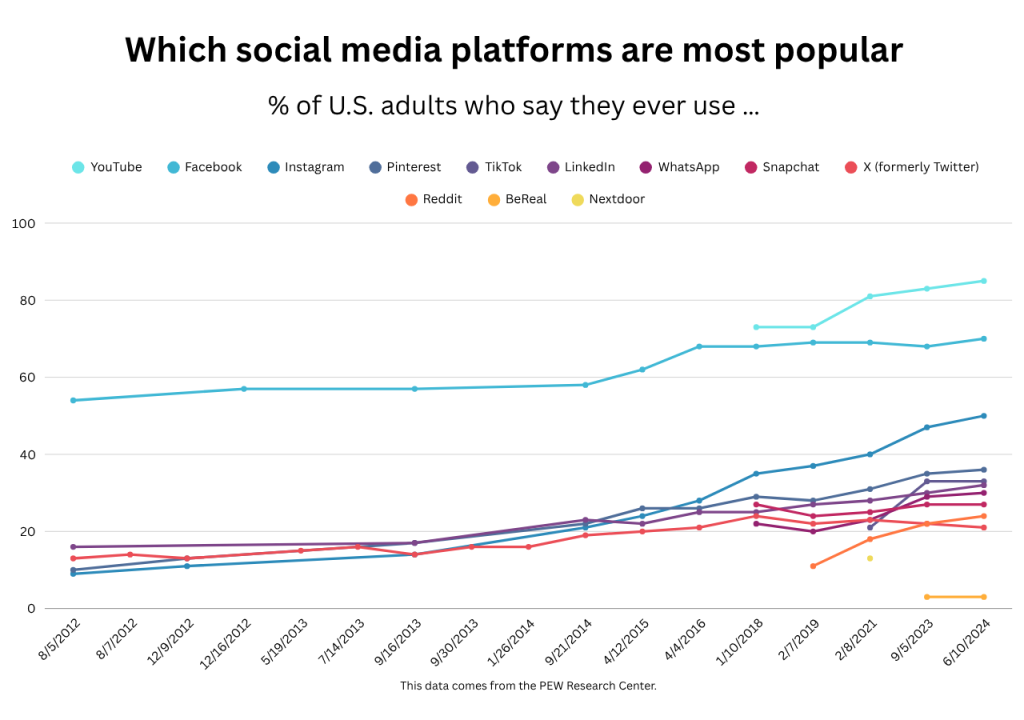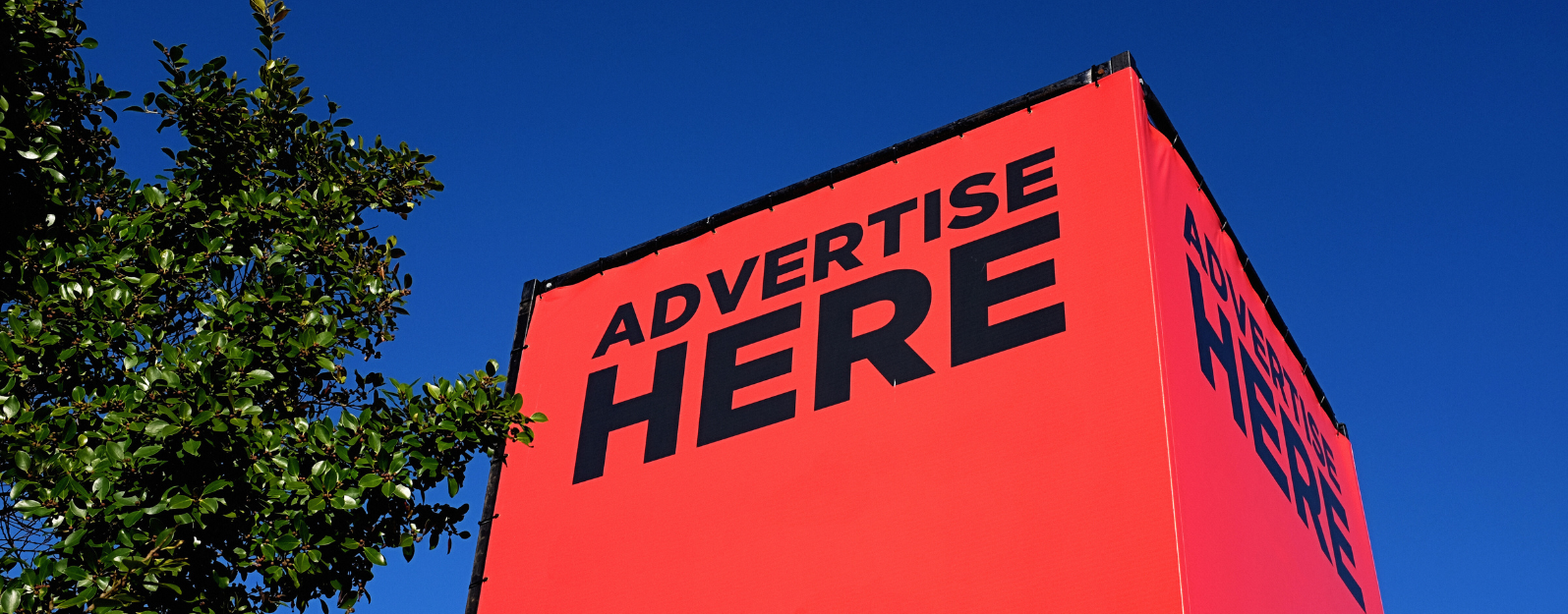The Hidden Branding Power of Your Social Media Platform Choice
By Ryan Farmer
You work hard crafting captions, posting photos, and telling the story of your business online. From Facebook to LinkedIn to Instagram, chances are you gravitate to one platform over the others. But have you ever wondered if your social media platform of choice says something about your business?
The short answer is yes; the social media platforms you choose reveal a lot about your brand identity. Each platform has its own culture and style that attracts different types of audiences. As media philosopher Marshall McLuhan noted, “the medium is the message.”
It’s important to choose a social media platform that’s aligned with your brand and marketing strategy so you can connect with your ideal audience. Keep reading to learn how the social media choices you make for your business can speak volumes.
Why Platform Choice Matters
You can think about social media platforms like different publications. It wouldn’t make much sense to publish an article about spring fashion trends in Popular Mechanics. Likewise, you wouldn’t run a feature about the latest AI developments in Vogue. Those strategies would be ineffective because no matter how well-written and interesting, your content would be in front of the wrong audience. Misalignment sends the wrong signal about how well you understand your product and your customers.
The culture, style, and tone of each platform matters—and it influences how your brand is perceived. For example, a focus on LinkedIn communicates that your brand values networking and professionalism, while investing in Instagram highlights a visually-oriented, creative outlook focused lifestyle and trends.
When you choose the right platform, chances are higher that you’re speaking to the right audience too. Alignment between brand identity and platform communicates competence and builds trust.
What Each Platform Says About Your Brand
Choosing a platform isn’t always intuitive. Unless you’re a super user, it can be hard to clearly grasp the strengths and style of a social media platform. And let’s be honest, you’re running a business and don’t have time to spend hours on social media every day. That’s why we’ve done the work for you. Below is a breakdown of the major platforms, what they emphasize, and how they communicate about the brands that use them.
- Instagram: Launched in 2010 as a way to share stylish (and styled) images of everyday life, Instagram has evolved into a sophisticated platform with a strong emphasis on visual branding, lifestyle content, creative industries. It’s a great platform for storytelling and implies a modern, polished, trend-aware business.
- LinkedIn: LinkedIn is one of the elders of the social media world, having connected professionals since 2003 (one year before Facebook!) Designed to facilitate professional relationships, users value a professional tone, networking, B2B content. Using LinkedIn signals credibility, expertise, and thought leadership.
- Facebook: The powerhouse of social media platforms, Facebook forever changed the way we connect and engage with the world. Despite its far-reaching effects, Facebook maintains a strong community focus, event promotion, and local engagement. Investing in Facebook suggests accessibility, customer service, and provides a broad audience reach.
- TikTok: New to the social media scene, TikTok began its ascent in 2017 and took the world by storm. Originally an app for lip syncing to favorite songs, TikTok is a video driven platform that makes it easy to find a community around shared interests. It’s youthful, creative, and informal. Businesses that use TikTok communicate values in innovation, relatability, and risk-taking.
- X (formerly Twitter): X originally launched as Twitter—a microblogging platform that restricted posts to 140 characters or less. Eventually allowing up to 280 characters, X allows users to give real-time updates, opinions, and news. Using X shows you’re informed, responsive, and conversational.
How to Choose the Right Platform for Your Brand
Posting on every platform isn’t a strategy, it’s a recipe for burnout and miscommunication. Instead, choose one or two primary outlets to publish your brand story. Here’s how to do it in three easy steps:
- Think about how you would describe your business culture. Are you a more formal, B2B business or a strappy startup with a relaxed vibe?
- Next, review our social media platform cheat sheet and choose two that best match your business.
- Select the best match as your primary platform and cross post your content on your secondary platform with intention.
The following chart from PEW Research shows the trend of users on each major social media platform. You can use this information to tailor your social media strategies to reach users on the platforms they’re currently using.

Send the Right Message with Social Media
Aligning your platform choice with your brand creates a cohesive social media strategy that strengthens your credibility and puts you in front of your ideal customer. If you’d like help thinking through the message you’re sending on social media, LeadPoint Digital can help. Our deep understanding of online behavior and results-oriented strategies can help you build a strategy that converts. Reach out to us today to book a free consultation with one of our digital marketing experts.



